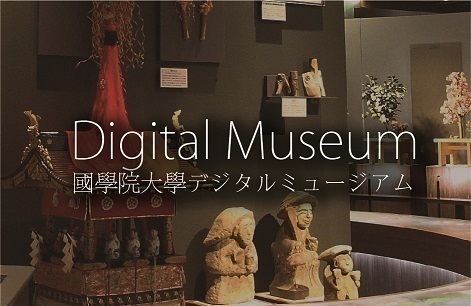- トップ
- Encyclopedia of Shinto
- Ubusunagami
Encyclopedia of Shinto
| Main Menu: | |
| Links: |
詳細表示 (Complete Article)
| カテゴリー1: | 2. Kami (Deities) |
|---|---|
| カテゴリー2: | Kami in Folk Religion |
| Title | Ubusunagami |
| Text | The tutelary kami of one's birthplace. Also known as ubusuna. A variety of orthographical representations for the term ubusuna are found historically, including 本居, 生土, 参土, 宇夫須那, and 産須那. In any case, the element ubu means birth, though opinion is divided regarding the significance of suna. In some locales, the ubusunagami appears related to the ubugami, a tutelary of infants and pregnant women; in these cases, it is customary to pay respects immediately following childbirth at a small shrine (hokora) to the ubusunasama or ubugamisama located within the residential grounds. While the conceptual basis for ubusunagami originally differed from those for ujigami and chinjugami, the three are frequently confused. Medieval warrior clans strengthened their presence on shōen (manors) by acting as protectors of local villages, and in the process, they adopted as clan tutelaries kami with strong local territorial affiliations, resulting in an amalgamation of the local ubusunagami and clan ujigami. From this period one thus finds historical documents that read both 産神(ubugami) and 氏神(ujigami) as ubusuna. In the early modern period, the traditional relationship between a clan tutelary (ujigami) and its protégés (ujiko) was mirrored by the custom of using the term ubuko to refer to the followers of an ubugami. Finally, based on the etymology of the terms ubusunagami (or ubugami) and ubuko, examples are frequently seen in which the traditional first post-natal shrine visit (hatsumiyamōde) and other ordinary worship at an ujigami shrine are alternately referred to as ubusunamairi (paying worship at the ubusuna). -Iwai Hiroshi |




